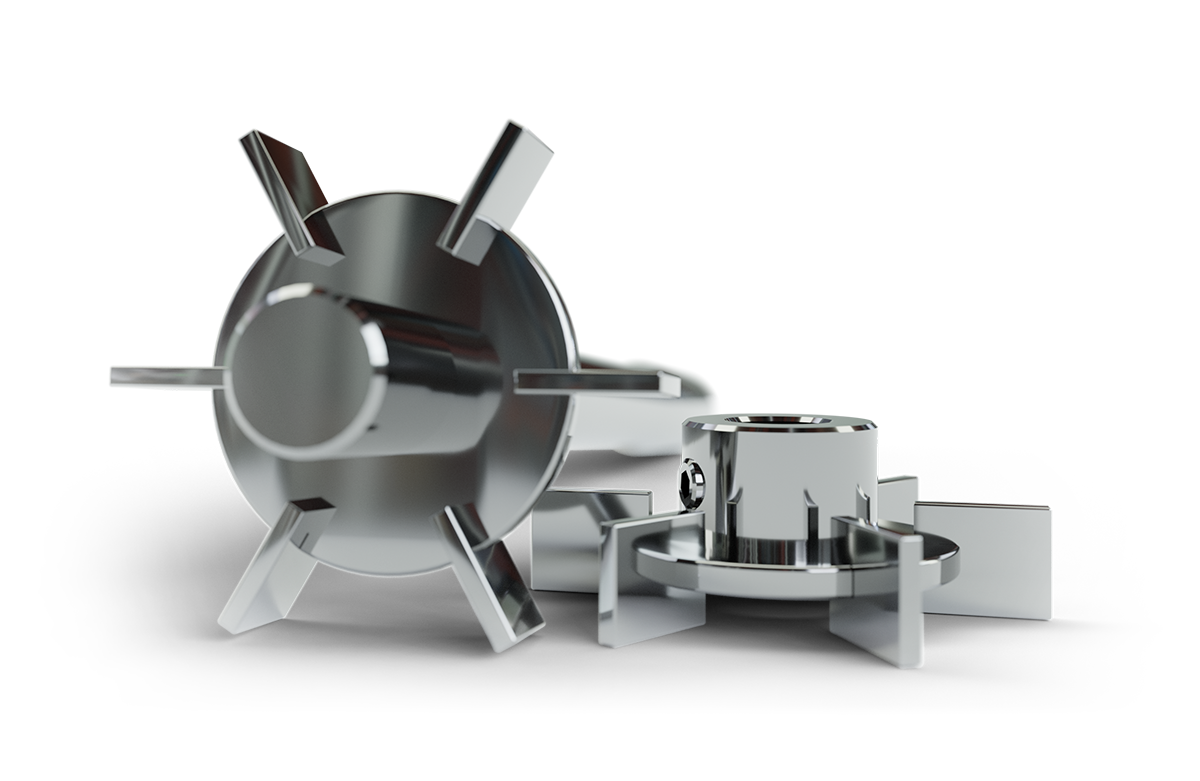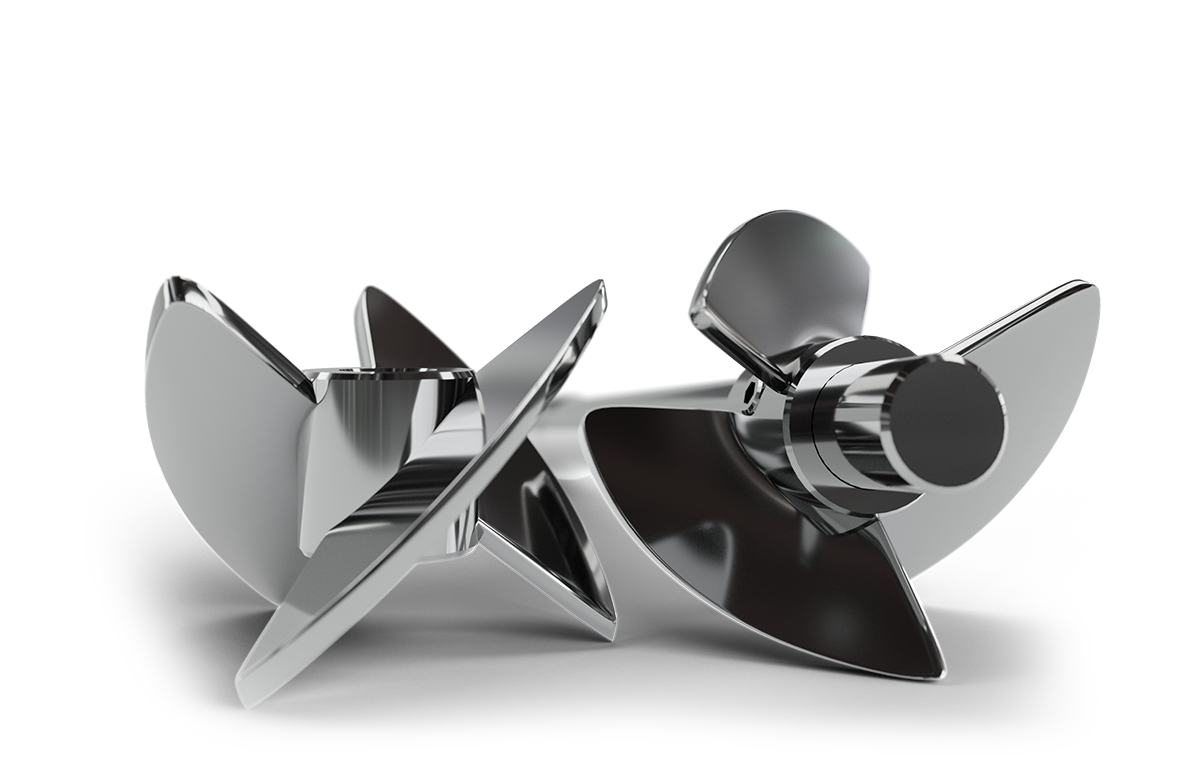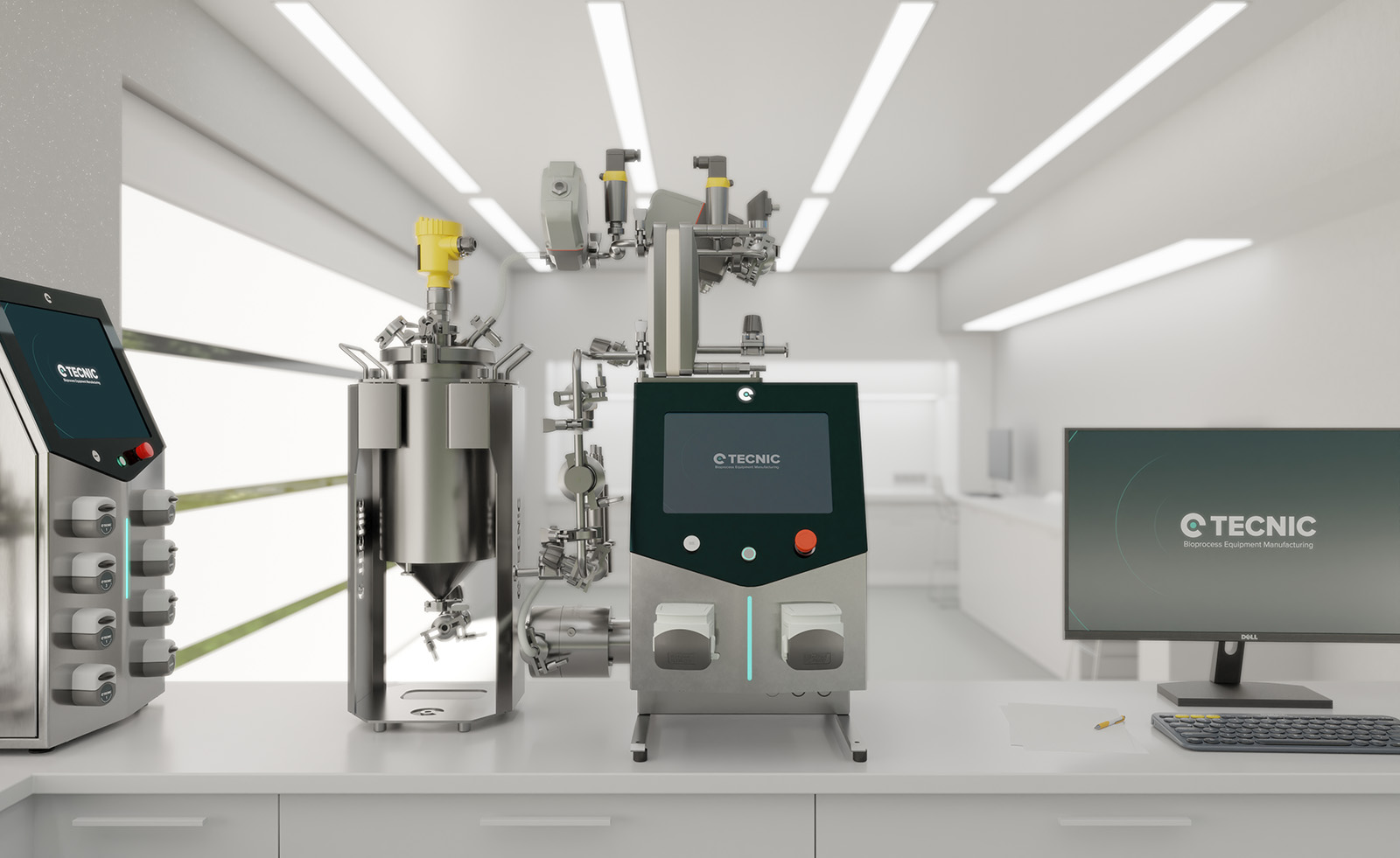In recent years, stem cells have gained relevance in the scientific world, especially in medicine. These cells possess unique capabilities that could change the way we treat many diseases. But before understanding why they are so important, it’s essential to know what they are and what functions they perform.
What is a stem cell?
A stem cell is a special type of cell with two key features. First, it can divide many times and produce copies of itself. Second, it can transform into other types of cells in the body, such as heart, liver, brain, or muscle cells. Thanks to these properties, stem cells are involved in both body formation during development and tissue repair during adulthood.

Types of stem cells
Stem cells are classified according to their origin and their ability to become other types of cells:
- Embryonic stem cells: Derived from embryos at very early stages of development. They can become any type of cell in the human body.
- Adult stem cells: Found in organs such as bone marrow, skin, or brain. They have more limited potential and can only become certain types of cells related to their tissue of origin.
- Umbilical cord stem cells: Collected from the umbilical cord after birth. They have strong potential for treating diseases with lower risk of rejection.
- Induced pluripotent stem cells (iPSCs): These are regular body cells modified in the lab to regain properties similar to embryonic cells. They represent an ethical and innovative alternative for research.
What are they used for in medicine?
Stem cells have many current and future applications in medicine:
- Treatment of blood diseases: For example, stem cells from bone marrow are used in patients with leukemia or lymphoma.
- Repairing damaged tissues: Research is underway to use regenerative cells to help rebuild organs such as the heart, liver, or spinal cord.
- Correcting genetic disorders: In the future, cell-based therapies could replace those with DNA errors with healthy, corrected ones.
- Drug development and testing: Immature cells allow researchers to model diseases in the lab and test new treatments more safely.
What are the challenges?
Despite their great potential, stem cells also present significant challenges:
- Ethical issues: The use of pluripotent cells from embryos has sparked debate, as obtaining them involves working with embryos..
- Medical risks: If not properly controlled, these cells can grow uncontrollably and form tumors.
- Accessibility: Treatments involving regenerative cells remain expensive and are not yet widely available.
The future of stem cells
Stem cell research is advancing rapidly. New technologies like genetic editing—especially with tools like CRISPR—could lead to more personalized and effective therapies. In addition, specialized companies like TECNIC are developing solutions that allow stem cells to be handled in an automated, safe, and scalable way.
As biopharma evolves towards more flexible and efficient systems, the demand for single-use consumables with high quality standards will continue to grow. TECNIC is committed to providing solutions that respond to these needs, ensuring that its products meet the most stringent safety and performance requirements in advanced bioprocesses. Thanks to its commitment to quality and innovation, TECNIC continues to position itself as a benchmark in the manufacture of bioprocess consumables, contributing to the advancement of the biopharmaceutical industry.
Conclusion
Stem cells are among the most promising tools in biotechnology. They help us better understand how the human body works, open up new treatment possibilities, and could reshape the future of medicine. Despite the challenges, their development remains one of science’s biggest bets for the future of healthcare.
Frequently Asked Questions (FAQ)
A stem cell is a unique type of cell that can both replicate itself many times and differentiate into various specialized cells like heart, brain, or muscle cells.
Stem cells are primarily categorized as Embryonic Stem Cells, Adult Stem Cells, Umbilical Cord Stem Cells and Induced Pluripotent Stem Cells.
Stem cells have significant medical applications, including treating blood diseases, repairing damaged tissues, potentially correcting genetic disorders, and aiding in drug development and safety testing.
Major challenges include ethical considerations surrounding embryonic stem cells, potential medical risks such as uncontrolled cell growth, and the current high cost and limited availability of treatments.
The future looks promising, with advancements in genetic editing (like CRISPR) potentially enabling more personalized treatments










